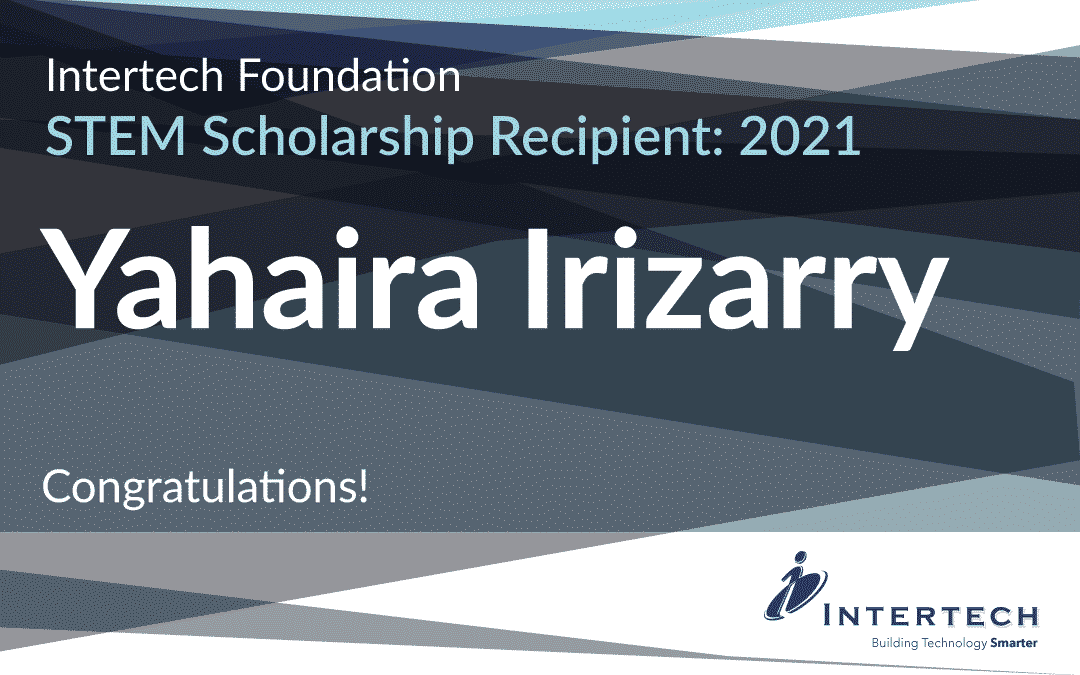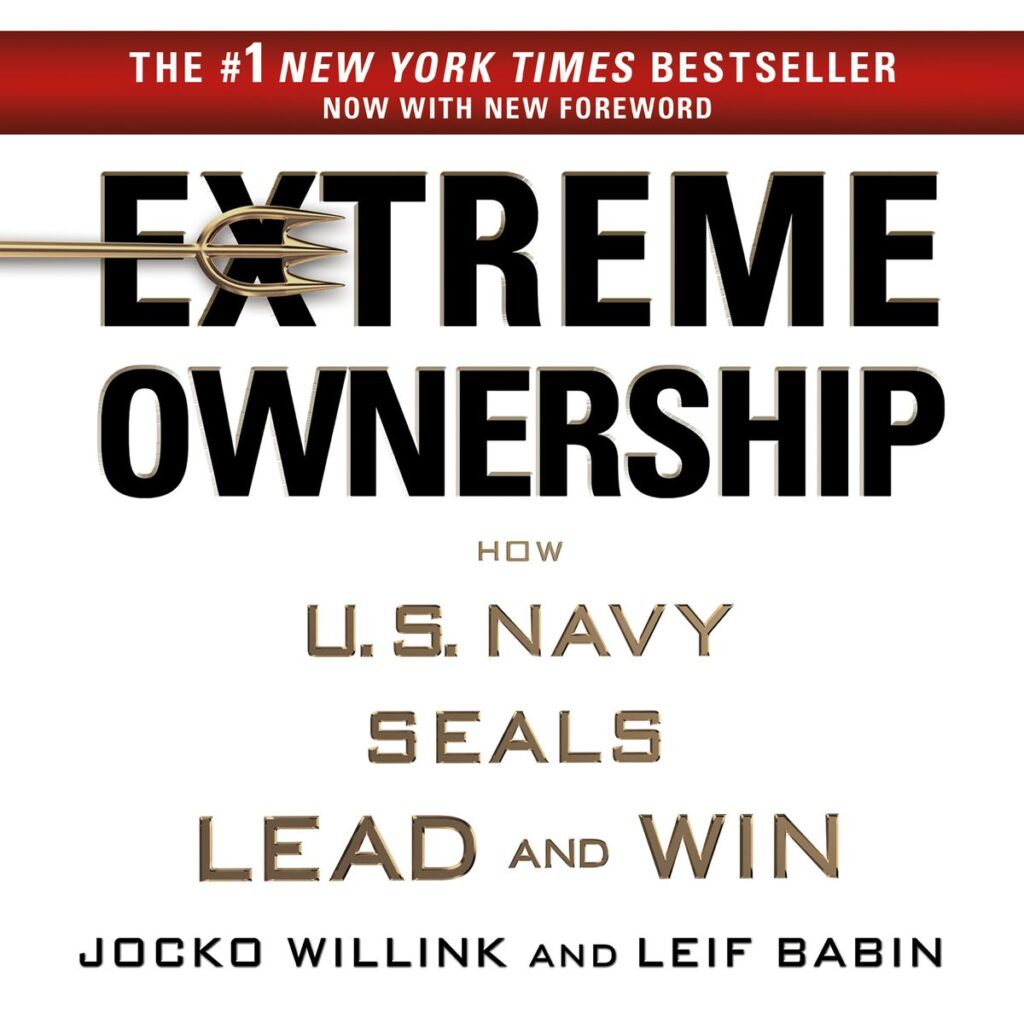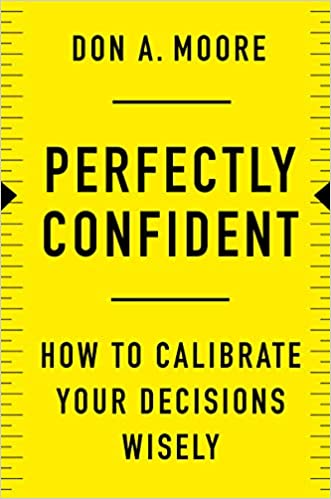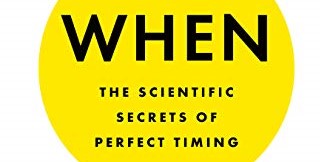Congratulations To Intertech STEM Scholarship Winner Yahaira Irizarry

Every year brings a host of qualified applications from talented college-bound high school students across the country who are interested in pursuing a degree in computer sciences. This year was no different. Amazed by these young individuals’ drive, inspiration, and accomplishments, picking among so many qualified applicants is always a struggle. But after a long year with COVID, and facing so many challenges and unprecedented situations, these 2021 graduating seniors have certainly all exceeded expectations. Their unwavering excitement to take the next step and pursue their goals was an inspiration to us all at Intertech, and we can’t wait to see where these qualities take them in the future! In light of this, for the second year in a row, we decided that this year, we would choose not one, but two, recipients for the 2021 Intertech Foundation STEM Scholarship. Join us in getting to know our scholarship recipient for 2021, Yahaira Irizarry.
Congratulations to Yahaira Irizarry

Yahaira, a senior graduating from Olympia High School in Orlando, Florida, holder of the Microsoft Office Specialist Certification and treasurer for the Advanced Computers and Coding Club, will be attending the University of Central Flordia in the fall pursuing a degree in Computer Science. Numerous things stood out to us about Yahaira was her strong work ethic, and passion for life. These traits were clearly showcased by the number of internships and volunteering opportunities she embraced, along with her achieved knowledge of multiple coding languages critical to her field of study. In the future, this hard-working and passionate graduate hopes to be the first generation of college graduates in her immediate family and have the opportunity to use her degree to help inspire other women into STEM careers.
Find out more about this young graduate through our scholarship winner Q&A session included below:
Q: Why did you decide you wanted to be involved in Computer Science, particularly after being so interested in culinary arts?
While culinary arts was something I was genuinely passionate about in my youth, the world of computer science, as discovered through my family purchasing a computer, was what had changed my mind about my future. Knowing that I could become a part of something so much larger than myself and having the ability to change the lives of others gave me a newfound purpose in life.
Q: What was the first program you ever wrote?
My first actual program was a text adventure game that I had created in Python for a project during a summer coding course I took prior to my high school sophomore year. I had spent a few days’ worth of time on the game, and I created several outcomes that made the experience unique to every player.
Q: Which educational or extracurricular experiences during your k-12 years helped you decide on the field of Computer Science?
While I had taken several coding classes prior to my first real Computer Science classes, the Advanced Placement Computer Science Principles class I had taken in my junior year was what had convinced me to go into the field. Similarly, my involvement as the treasurer of my high school’s Advanced Computers and Coding Club and working with my similarly-passioned peers further sparked my enthusiasm to pursue the field.
Q: What school have you selected to attend?
The University of Central Florida (UCF)
Q: Why did you decide on this school for your undergraduate education?
UCF has a great Computer Science program with favorable professors that I am very confident will help me reach my goals in the future. I am also familiar with the school through having friends and family who currently attend it.
Q: What is your dream job after college?
After college, my dream job is to become a software developer at a tech startup or small company. Joining a small, close-knit team as opposed to a large one and seeing the product of my efforts directly affecting a small-scale project rather than playing a smaller part on a larger-scale one would make me feel far more accomplished with my work.
Q: What were the highlights of being involved in the Advanced Computers and Coding Club?
Advanced Computers and Coding Club has been great in not only teaching me many practical skills pertaining to computers and coding, but also in a grander scheme what it is like to collaborate closely with others on such Computer Science-related projects. Being exposed to a team environment and working on hardware and software-related projects was not only fun but kept me inspired to keep doing so, and thus to push myself to become a better team member and developer.
Q: Please describe what you have learned in the social media internship you have been involved in for the past year?
Working with my non-profit, Women on The Rise, as a social media intern has been incredibly eye-opening into the world of social networking, both in personal and business aspects. While I have learned a lot about the practical leaps and bounds the development of social media has caused on the business world particularly, I have also learned a lot about the problems regarding today’s social media sites, such as the lack of real personal connections starting to become apparent on these platforms. Ideally, the startup I would join as a software developer would address these issues head-on, as it is a topic I’m greatly invested in.
Q: And finally, would you be willing to share your thoughts about the value of the Intertech STEM scholarship to your academic journey?
Receiving this scholarship has reminded me greatly of how nothing can or will stand in the way of my dreams, and how despite all hesitation and insecurity I may face, I am far more capable than I realize I am. I am honored to receive such an award, and it will help me immensely to pursue Computer Science and will allow me to focus on my studies much more.



